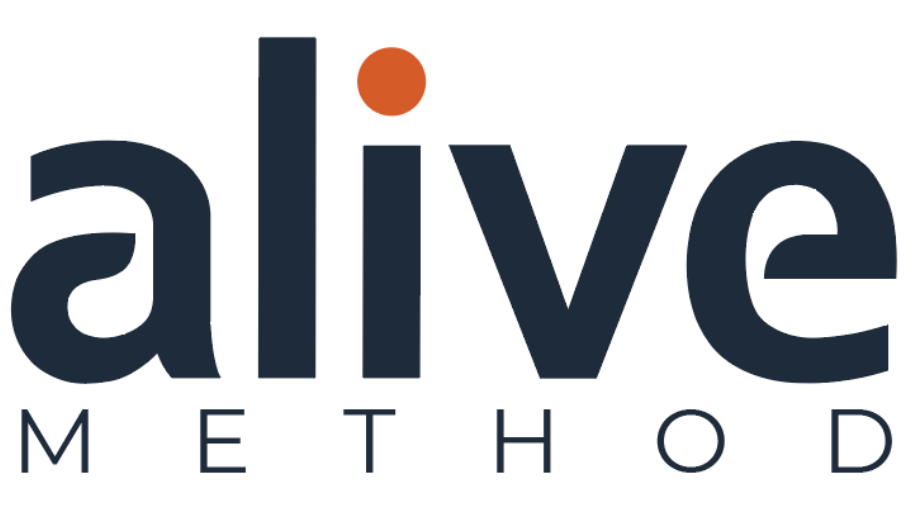In the digital age, the rise of AI-generated written content has revolutionized how we consume and produce information. However, amidst this technological boom, the value of video content on social media cannot be overlooked. Video content uniquely captures attention,...

The Power of Video Content in the Era of AI-Created Written Content
 In the digital age, the rise of AI-generated written content has revolutionized how we consume and produce information. However, amidst this technological boom, the value of video content on social media cannot be overlooked. Video content uniquely captures attention, evokes emotion, and builds lasting connections with audiences. In this blog post, we will discuss the importance of creating video content for social media in the world of AI-generated written content and explore how this medium can elevate your brand’s online presence.
In the digital age, the rise of AI-generated written content has revolutionized how we consume and produce information. However, amidst this technological boom, the value of video content on social media cannot be overlooked. Video content uniquely captures attention, evokes emotion, and builds lasting connections with audiences. In this blog post, we will discuss the importance of creating video content for social media in the world of AI-generated written content and explore how this medium can elevate your brand’s online presence.
The Human Touch in Video Content
While AI-generated content has significantly changed the landscape of written content, it still lacks the human touch, which is essential in creating an emotional connection with the audience. Video content, on the other hand, allows creators to showcase their personality, emotions, and authenticity, fostering a deeper connection with viewers. By investing in video content, brands can harness the power of human emotions to create a memorable experience for their audience.
Higher Engagement Rates
Studies have consistently shown that video content outperforms text and image-based content in engagement. This is because videos are highly shareable, and people are likelier to watch, comment, and share a video on social media than a text-based post. By leveraging video content, businesses can increase their reach, generate more leads, and drive conversions more effectively.
Better Storytelling Capabilities
Storytelling is a powerful way to communicate complex ideas and create an emotional connection with your audience. Video content excels at storytelling, combining visuals, audio, and text to deliver a more immersive and engaging experience. Whether it’s a product demonstration, an explainer video, or a customer testimonial, video content allows brands to share their stories more captivatingly than written content alone.
Improved SEO and Visibility
Search engines like Google are increasingly prioritizing video content in their algorithms. High-quality video content can improve your website’s search rankings, driving more organic traffic. Additionally, video content is more likely to be featured in search results. It can be easily embedded on your website, increasing visibility and engagement.
Versatility and Adaptability
One of the greatest strengths of video content is its versatility. Videos can be repurposed and adapted for platforms like YouTube, Facebook, Instagram, and TikTok. This allows businesses to maximize their content’s reach and impact while catering to different audiences’ unique preferences. Additionally, video content can be easily updated and modified, ensuring your brand stays relevant in the ever-changing digital landscape.
Conclusion
As AI-generated written content increases, it’s essential to recognize the value of video content on social media. Videos offer a unique opportunity to connect with audiences on a deeper level, increasing engagement, driving conversions, and improving visibility. By integrating video content into your digital marketing strategy, you can harness the power of storytelling and authenticity to elevate your brand’s online presence and stay ahead in the competitive world of social media.
Please contact us if you want to learn more about our new 747 product, which increases and deepens social media connections utilizing video.










Recent Comments